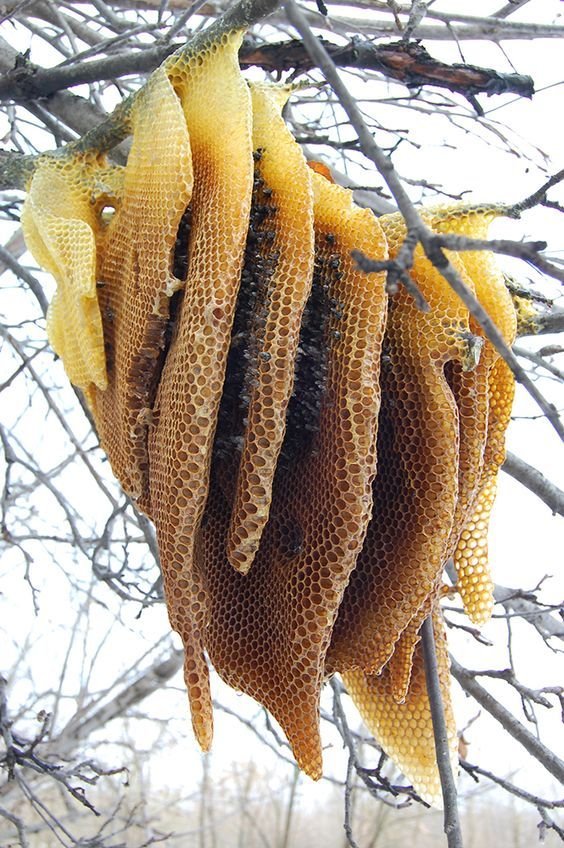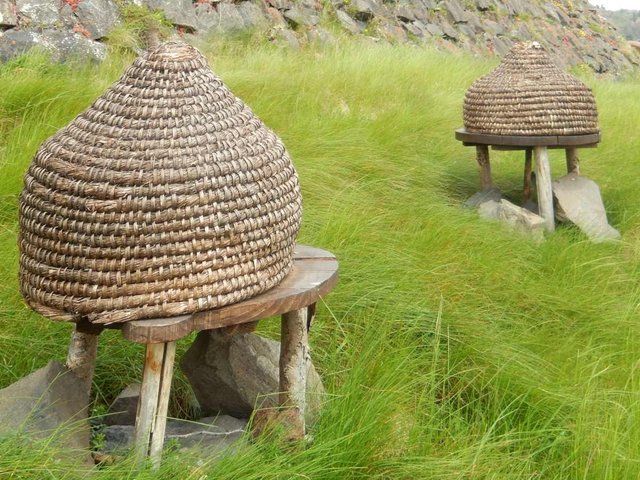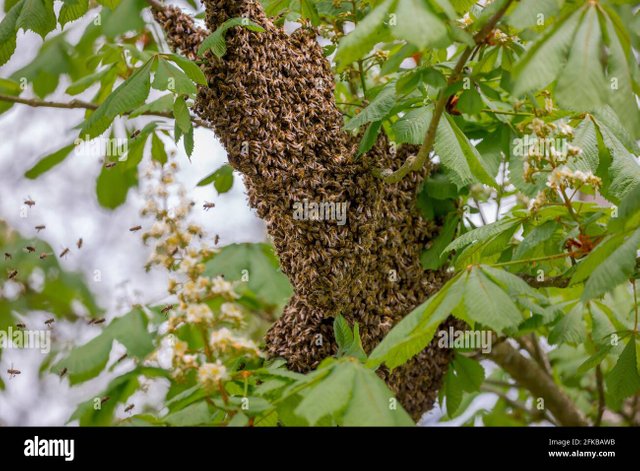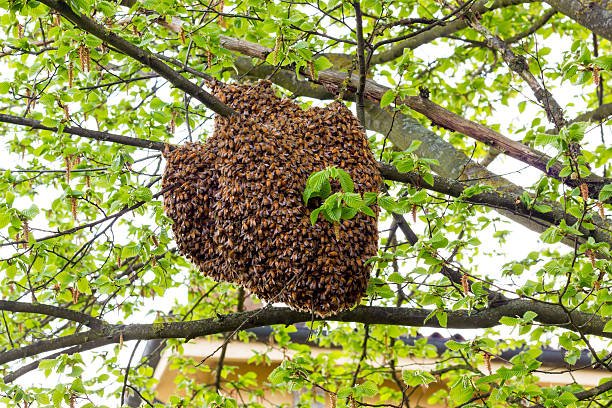A natural honey bee hive, also known as a wild or feral hive, is a marvel of nature's engineering. Unlike managed hives kept by beekeepers, natural hives are typically found in hollow trees, rock crevices, or even abandoned structures. Here are some key aspects of a natural honey bee hive:
Location and Structure: Natural hives are often located in secluded places where bees find suitable shelter. This can include tree hollows, old buildings, or sometimes underground cavities. The structure of the hive itself is intricate, consisting of hexagonal wax cells created by bees to store honey, pollen, and raise brood.
Construction: Honey bees construct their hives by secreting beeswax from special glands on their abdomens. They mold this wax into the characteristic hexagonal cells using their mandibles and legs. These cells serve various purposes: storing honey for food, pollen for protein, and providing a safe environment for developing brood.
Functionality: The hive functions as the central hub of a honey bee colony. It houses thousands of worker bees, drones (male bees), and a single queen. Each bee has specific roles within the hive, from foraging for nectar and pollen to tending to larvae and defending the colony.
Regulation of Temperature: Bees regulate the hive's temperature through a process known as thermoregulation. They fan their wings to cool the hive during hot weather and cluster tightly together to generate heat in colder conditions, ensuring the survival of the colony year-round.
Production of Honey: Honey production is central to the hive's purpose. Bees collect nectar from flowers, which they transform into honey through enzymatic processes and dehydration. Honey serves as a vital energy source for the colony, especially during winter months when food sources are scarce.
Role in Ecosystem: Natural honey bee hives play a crucial ecological role by pollinating plants, ensuring the reproduction of numerous flowering species. They contribute to biodiversity and agricultural productivity by facilitating the growth of fruits, vegetables, and other crops.
Challenges and Conservation: While natural hives have existed for millennia, they face threats from habitat loss, pesticides, and diseases. Conservation efforts aim to protect wild bee populations and their habitats, recognizing their importance in maintaining healthy ecosystems.
Overall, natural honey bee hives are not only marvels of biological adaptation but also critical components of our natural world, highlighting the intricate balance between human activity and the preservation of biodiversity.




Congratulations, your post has been upvoted by @upex with a 0.62% upvote. We invite you to continue producing quality content and join our Discord community here. Keep up the good work! #upex
Downvoting a post can decrease pending rewards and make it less visible. Common reasons:
Submit